Almost any cyclist or pedestrian knows the pleasure of cruising down a trail without a car in sight. Usually, the open-road vibe only lasts for a limited time before the reality of near ubiquitous traffic reasserts itself. The mission of the Circuit Trails, one of the nation’s most ambitious multiuse trail networks — right here in our own backyard! — is to provide hundreds of miles of connected car-free paths across the region.
That might look like biking from Center City out to the bucolic woods of Bucks County, or from Camden’s waterfront to Bartram’s Garden, or from Fox Chase to the Pennypack Trail, without ever sharing the road with a motorized vehicle.
Circuit Trails was formed in 2012 by a coalition of nonprofits, agencies and foundations, springboarding off earlier successes like the Schuylkill Banks trail. The vision was to raise the public and political profile of bicycle and pedestrian trails and position the Circuit Trails concept as a high-level regional priority. It’s now overseen by leadership and steering committees; members include representatives from entities like Disability Pride Pennsylvania, Natural Lands, Fairmount Park Conservancy and the East Coast Greenway Alliance.
Patrick Starr, executive vice president of the Pennsylvania Environmental Council, is Circuit Trails’ chair. He has been involved with trail work since the early aughts and was one of the founding Circuit Trails members. The early Circuit Trails coalition set ambitious short- and long-term goals: to have 500 miles of completed connected trails by 2025 and 800 miles by 2040. There were around 225 miles already completed at the time.
“We knew it wouldn’t be easy,” Starr recalls. “The question is: How do you make this happen? How do you accelerate and make the system respond and actually build those trail miles?”
They started by pounding the pavement, traveling to the various counties around Philadelphia, meeting with county commissioners and other stakeholders, touting the benefits of an expanded trail network, like increasing real estate property value, potential healthcare savings with a more active populace and positive environmental outcomes. Over the past decade, they secured the support of 120 municipalities in nine counties in Pennsylvania and New Jersey, which all passed resolutions in support of Circuit Trails’ goals.
Cut to June 2025: there now are 417 miles of fully completed trails with another 88 miles in active design or construction and a number of exciting projects in the planning stages.
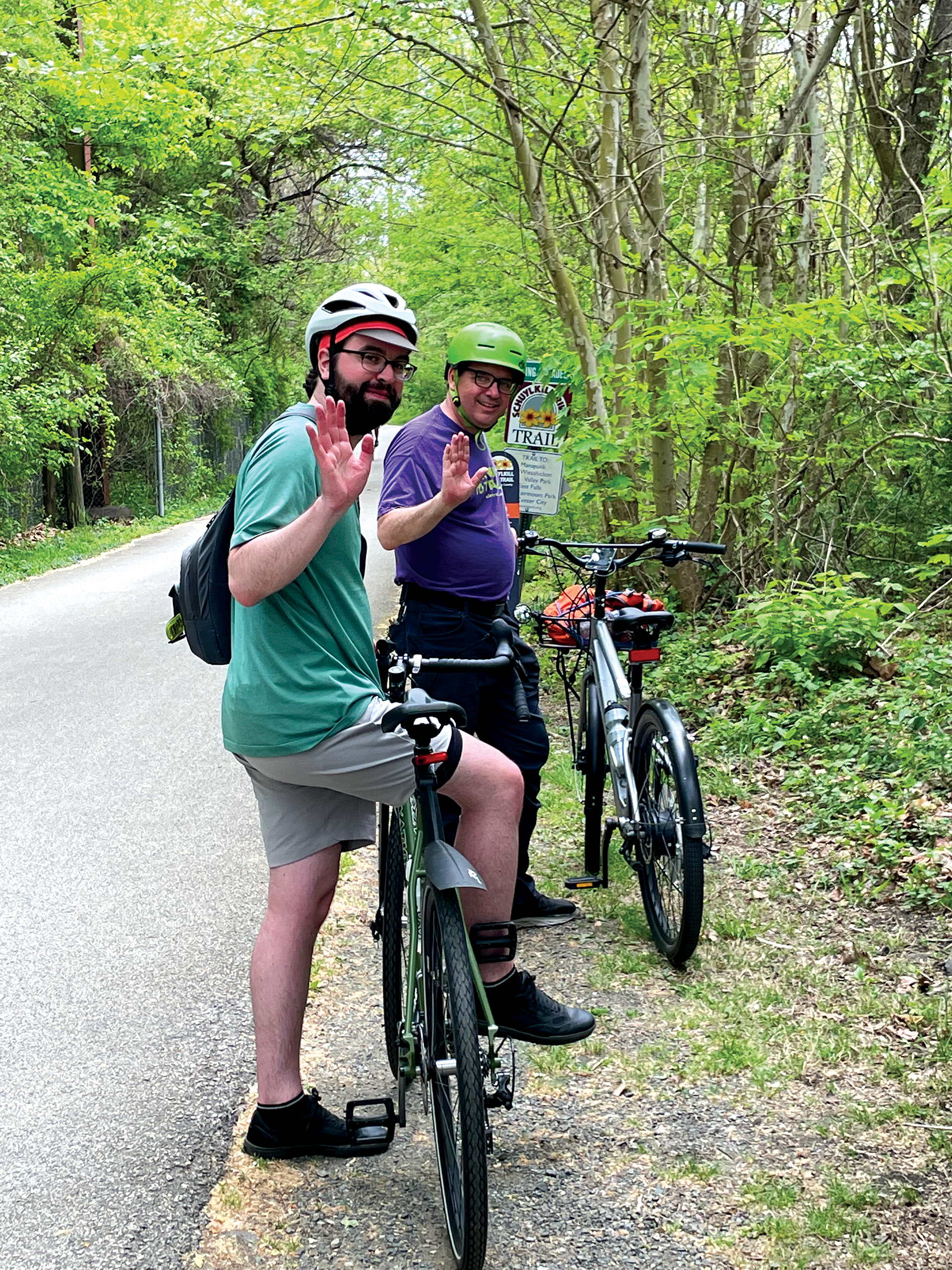
A huge recent win is the Christian to Crescent trail project spearheaded by the Schuylkill River Development Corp. This new trail, which opened in May, is a key link in creating an off-road pedestrian and cyclist route along the Schuylkill River, with a trail access point on the east side of the 34th Street Bridge with a tunnel connection to Grays Ferry Crescent under the bridge and access to nearby Christian Street connecting to the existing segment of Schuylkill Banks. The Schuylkill Crossing swing bridge, slated to be completed by the end of 2025, will create a link to Bartram’s Garden and Southwest Philadelphia.
Cobbs Creek Trail, part of the East Coast Greenway and the September 11 National Memorial Trail, is another project in the works. This 4.2-mile trail currently ends at Woodland and Island Avenues. The second phase, led by the Philadelphia Streets Department, will extend the trail by another 1.3 miles, all the way to the John Heinz National Wildlife Refuge.
Selling the vision hasn’t been difficult, according to Patrick Monahan, regional organizer with Bicycle Coalition of Greater Philadelphia, who has been on the Circuit Trails steering committee since 2021.
County commissioners get it. They see why it brings positive change to their county and connections to other counties.”
— Patrick Monahan, Bicycle Coalition of Greater Philadelphia
“County commissioners get it. They see why it brings positive change to their county and connections to other counties,” Monahan says. “They’re seeing it less as a recreational feature, and more as an extension of the transportation network.”
A heavier lift is securing the funding to plan, design, build and maintain trails across hundreds of miles of terrain.
“At this point we get a lot of yeses from our elected officials, but there’s almost always a ‘but.’ Budgets are tight,” says Starr. “We can bring in money from the federal government and state dollars, but there ultimately has to be time and staffing and some expenditure from local governments.”
Circuit Trails has indeed found success in securing government funding, including support from the Biden administration’s Infrastructure Investment and Jobs Act and the Federal Highway Administration’s Carbon Reduction Program.
Also, in July 2024 the Delaware Valley Regional Planning Commission (DVRPC) came through with $120 million in federal Carbon Reduction Program funding for the Circuit Trails as part of its Fiscal Year 2025 Transportation Improvement Program, with a focus on priority projects, like the Cross County Trail in Montgomery County, the Chester Valley Trail in Chester County, Spring Garden Street Greenway (a brand-new, off-road path connecting the Delaware River to Eakins Oval) and the Route 291 Trail/East Coast Greenway.
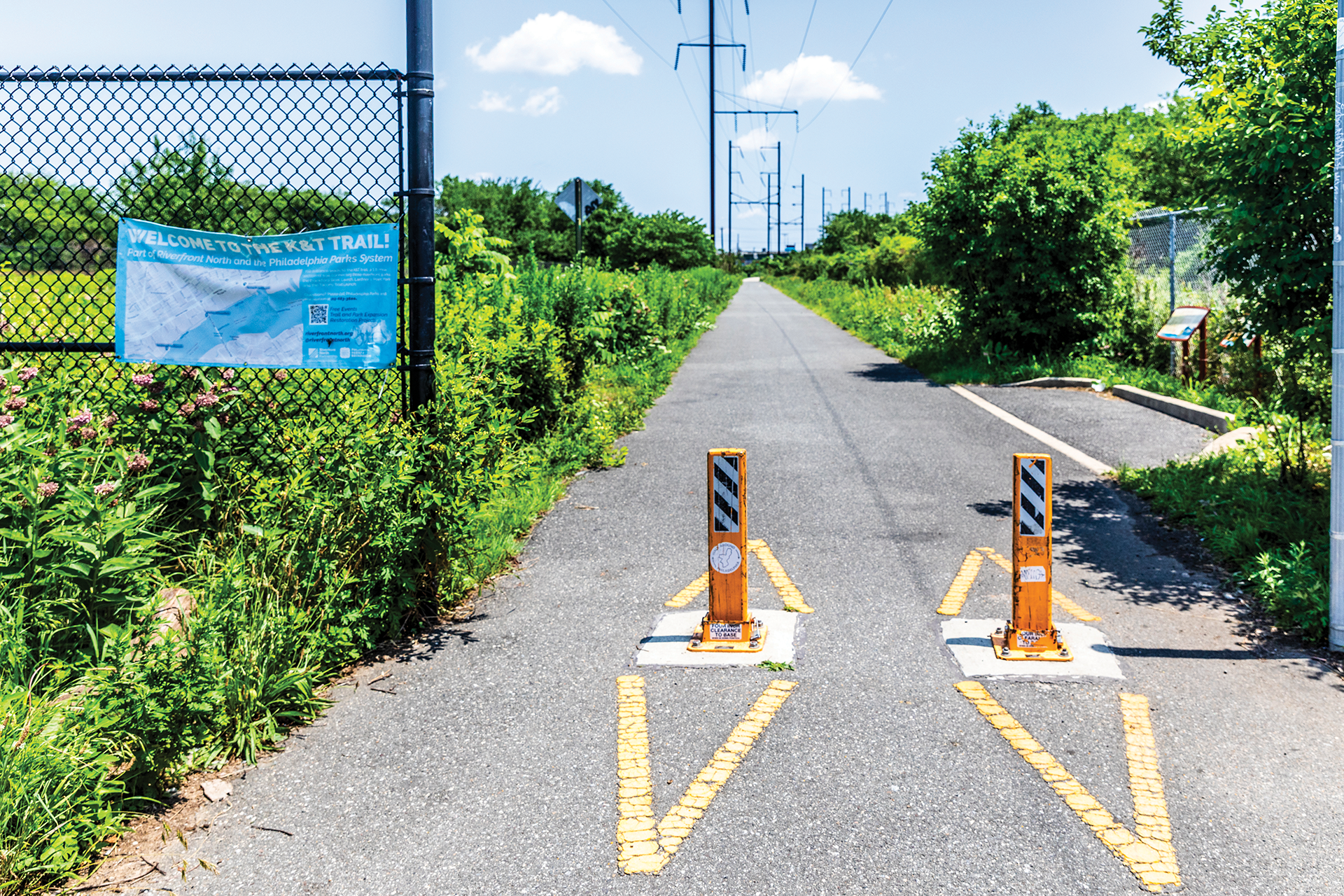
However, with the Trump administration signaling a lack of support for bicycle/pedestrian infrastructure and federal transportation programs like ReConnect and Rebuilding American Infrastructure with Sustainability and Equity coming under scrutiny, there is new uncertainty about the future of some of these projects.
The Wissahickon Gateway, at the sometimes confusing, hectic intersection of the Main Street and Ridge Avenue, was set to get a major facelift and functional upgrade. The concept was to install a new pedestrian bridge across the Wissahickon Creek that would thread along the Schuylkill River to the Pencoyd Bridge and provide pedestrians and cyclists a clear, safe way to continue into Manayunk.
The project was awarded a $13.7 million grant from the Biden administration in January 2025, but there has been no response from the Trump administration about the status of those monies.
“It’s been a massive turn,” says Monahan. “We’d picked up a lot of momentum toward the end of Biden’s administration with all the transportation funds and carbon reduction funds, and growing the partnership between county commissions, county planners, DVRPC and other organizations. Now, we have to identify a different pool of funds.”
The Circuit Trails coalition remains undeterred, actively urging Pennsylvania and New Jersey representatives to fight for transportation infrastructure funding, refocusing on allies in Harrisburg and Trenton for alternative funding streams. The goal of 800 miles by 2040 has increased to 850, and more local governments and citizens are expressing interest by the day. Starr is confident that the broad appeal and numerous benefits of trail networks like these are strong enough to keep political will galvanized and funds flowing.
“Some people think this is just about long-distance trails, but a trail network is really about making connections and gathering places, which people just love,” says Starr. “And ultimately, Circuit Trails is a multipurpose trail network that also serves pedestrians and cyclists, including people of all ages and abilities. No matter your political persuasions, trails are a happy place.”


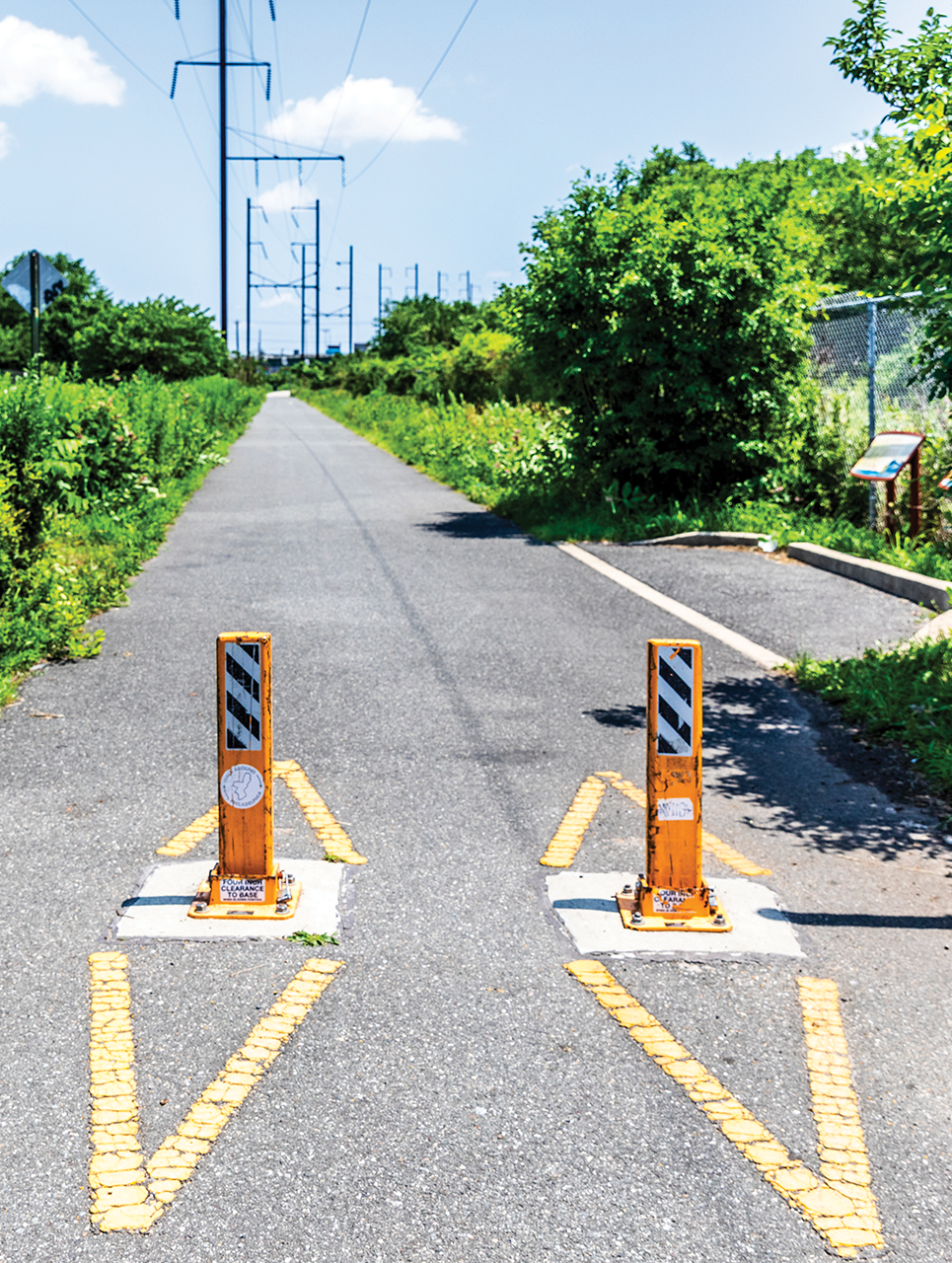
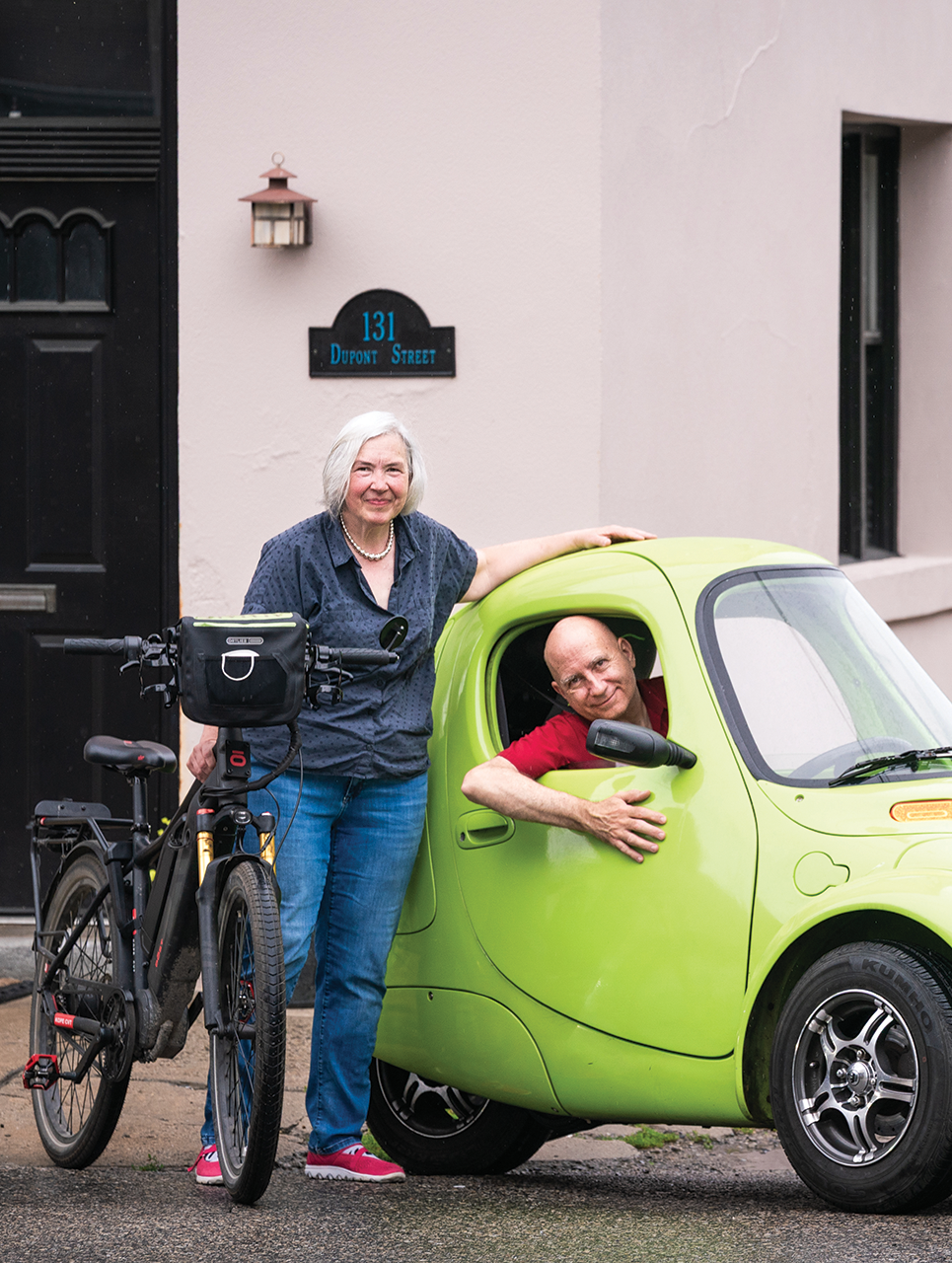
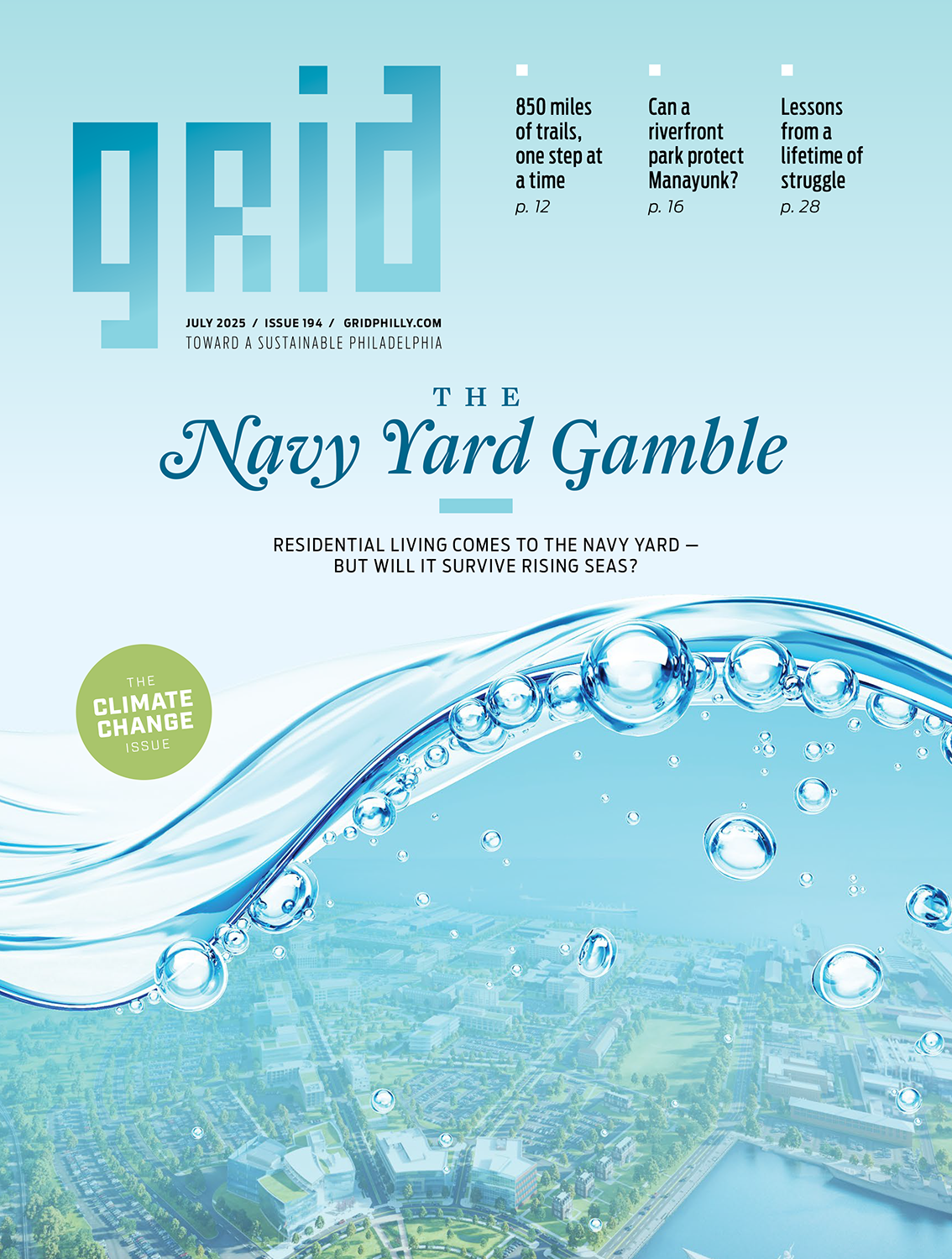
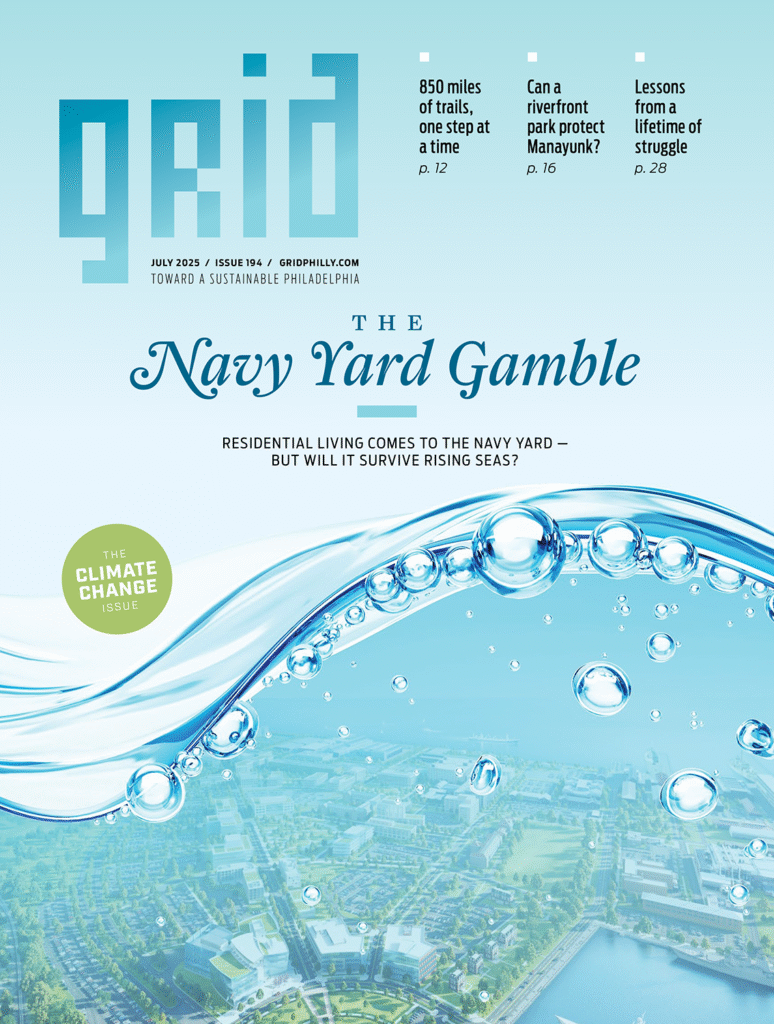
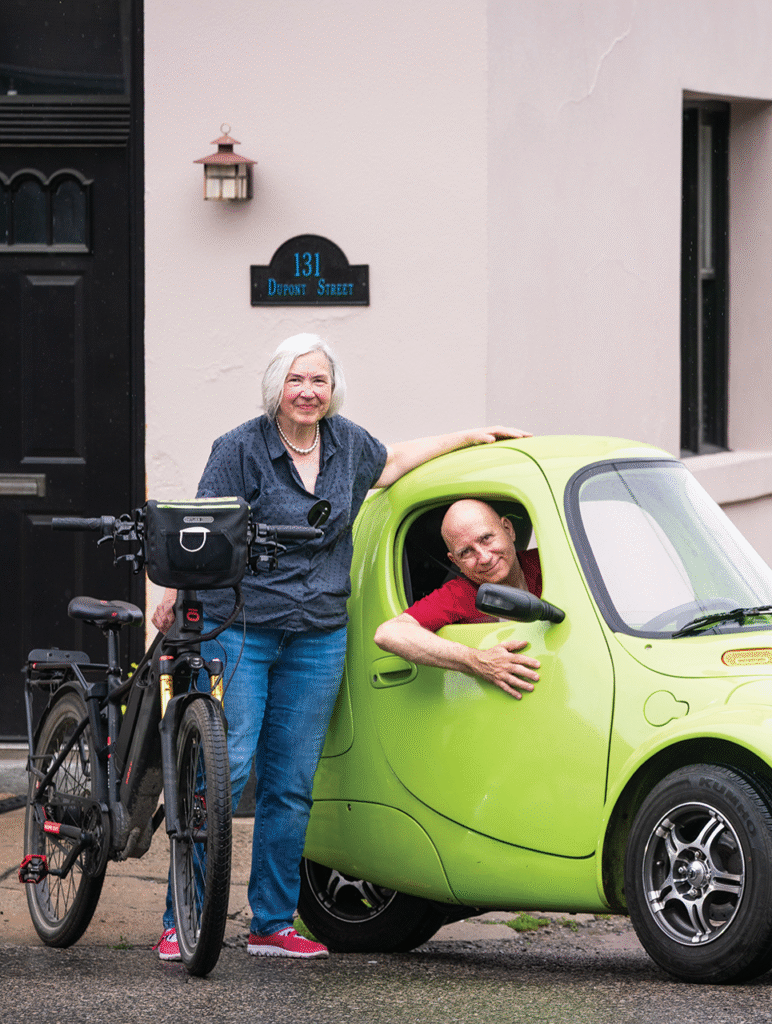
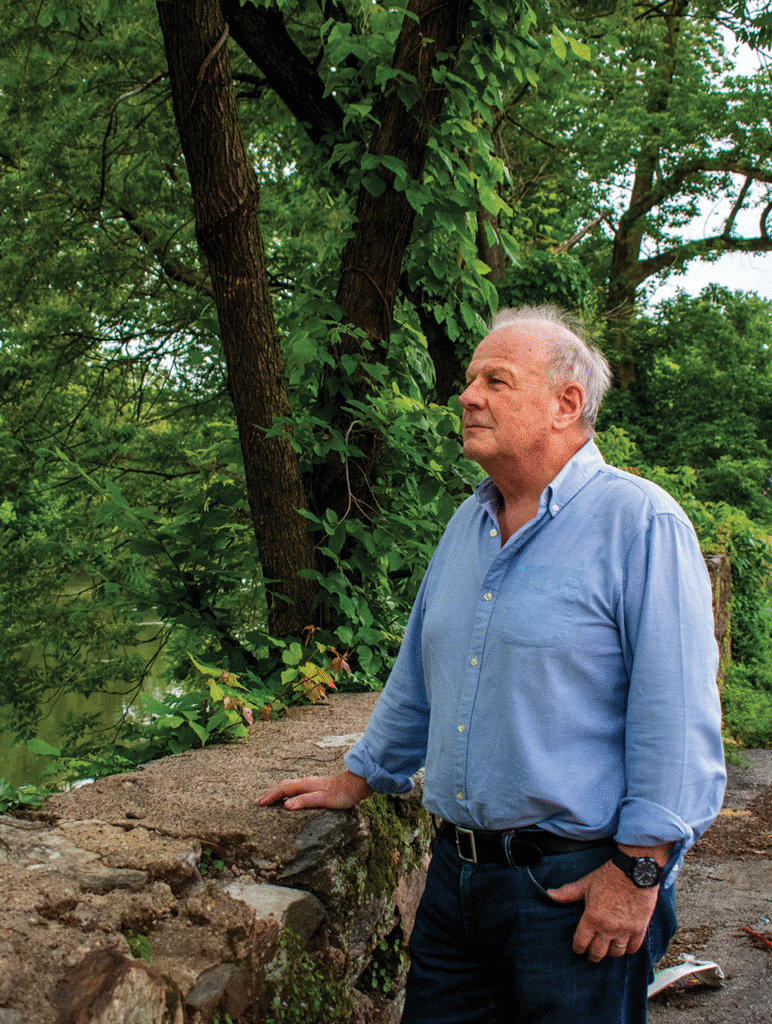

I agree about looking at different sources of funding, but if the grant has been previously approved can’t they sue the Trump administration for withholding that funding?